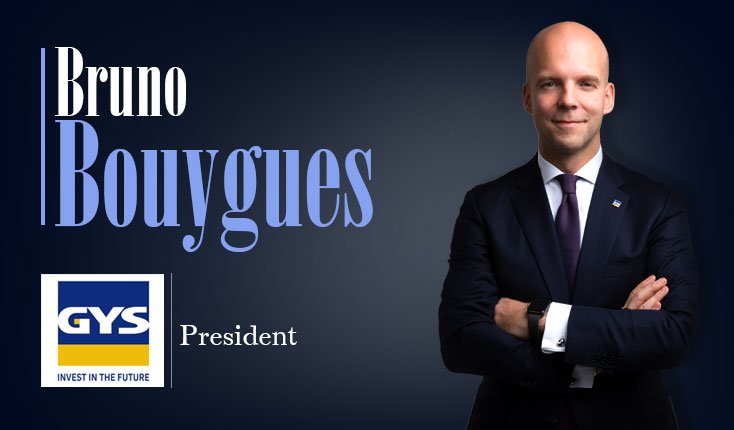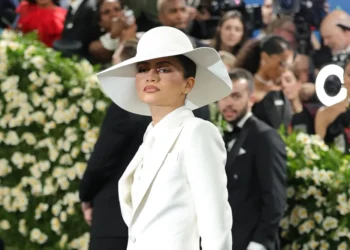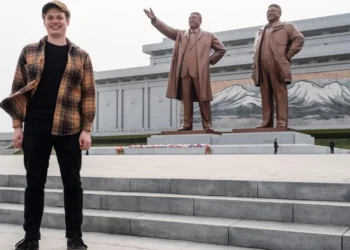Due in part to the new administration’s pro-growth and inflationary policies, investors believe that the dollar will continue to rise to multi-year highs due to US President-elect Donald Trump’s impending return to the White House and waning expectations for drastic interest rate cuts. From its late-September lows, the dollar index, which gauges the strength of the US dollar relative to six major currencies, rose by about 10% to reach a two-year high.
The majority of these gains had happened since Trump won the election in November when investors rushed to get their portfolios ready for the trade and tariff policies of the new government, which are anticipated to put pressure on other economies and currencies while providing short-term support for the dollar.
Despite trade tensions lowering the expectation for global economic growth and driving more investors to the dollar as a haven, tariffs and their associated inflationary pressures may force the Fed to be careful when lowering interest rates. The more attractive the USD is to investors, the longer US interest rates stay higher than those in other developed nations.
The market frequently views Trump’s initiatives as strengthening the dollar, despite his frequent complaints that the dollar’s excessive strength damages US manufacturing and employment and reduces US export competitiveness. The dollar rose almost 13% during Trump’s first term, from February 2018 to February 2020, when he imposed tariffs on several nations, notably China and Mexico.
Also Read:
One of the Most well-Liked Places for New Year’s Eve Festivities is Dubai
Wildfires in And Around Los Angeles are out of Control, Forcing many to Evacuate

































































